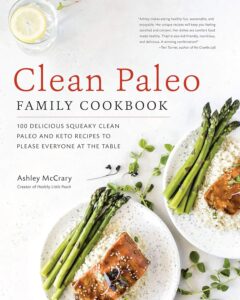When you dive into the world of healthy eating, it’s easy to become overwhelmed by the sheer number of diets out there.
The Paleo and Whole30 diets are two of the most talked-about and popular choices today, and you might be wondering which one is right for you.
They both promise to help you feel healthier, reduce inflammation, and reset your relationship with food, but they’re not identical. By exploring each diet and comparing them side by side, you can make an informed choice about which approach will best fit your lifestyle and goals.
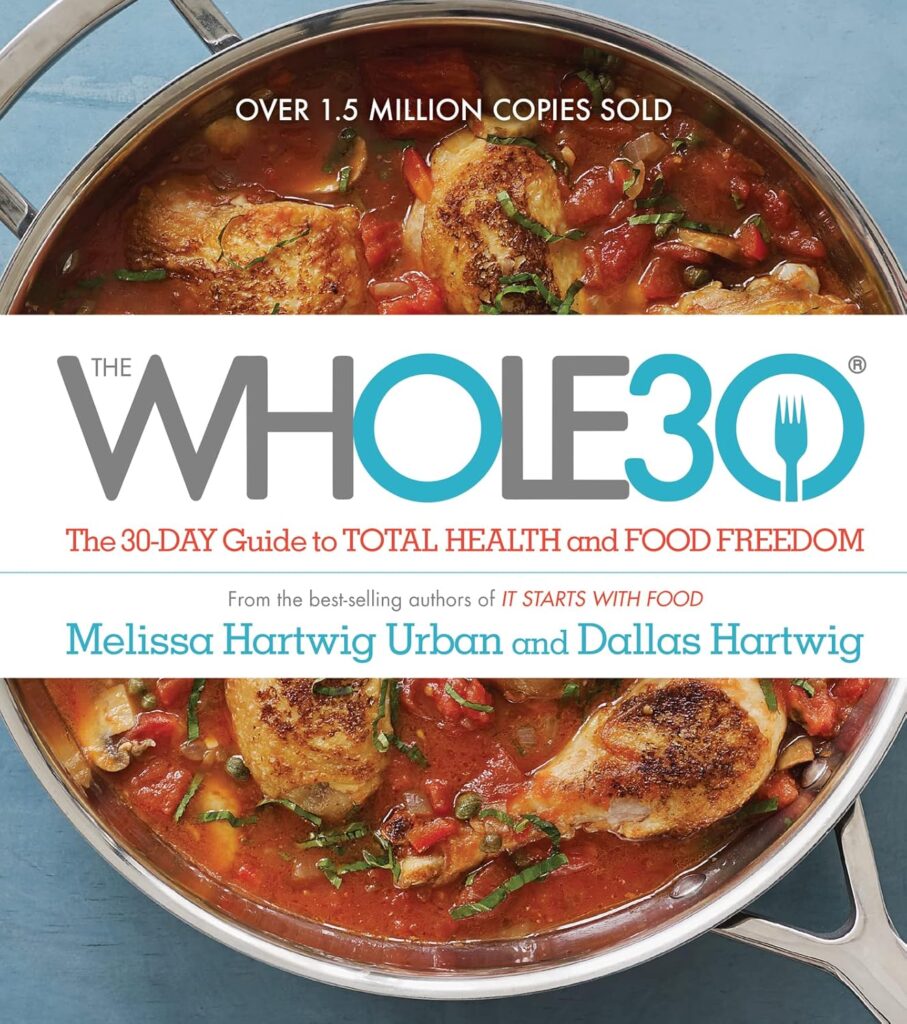
Paleo Diet Overview
The Paleo diet is based on the concept of eating like our ancient ancestors did, focusing on whole, unprocessed foods that humans are thought to have consumed during the Paleolithic era. The goal of this diet is to reduce inflammation, improve digestion, and enhance overall health by avoiding modern processed foods.
Here are the basics of the Paleo diet:
- What You Can Eat: Lean meats, fish, fruits, vegetables, nuts, and seeds are staples in the Paleo diet. The emphasis is on eating foods that were available to our ancestors before agriculture became widespread.
- What You Should Avoid: Processed foods, dairy products, legumes, grains, and refined sugars are not allowed. You’ll also want to avoid vegetable oils and artificial additives.
- The Benefits: Many people report weight loss, improved digestion, reduced inflammation, and more stable energy levels when following the Paleo diet.
Some popular Paleo-friendly products you can easily find on Amazon include Vital Proteins Collagen Peptides and Primal Kitchen Avocado Oil Mayo.
These are highly rated and help add variety to your Paleo meals while keeping within the guidelines of the diet.
Whole30 Diet Overview
The Whole30 diet, on the other hand, is a 30-day reset program designed to help you identify foods that might be causing inflammation, digestive problems, or other health issues.
Whole30 is an elimination diet with a strict list of “yes” and “no” foods. Unlike Paleo, Whole30 is more about taking a temporary break from certain foods for 30 days, with the goal of reintroducing them gradually to learn what works best for your body.
Here are the essentials of the Whole30 diet:
- What You Can Eat: Meat, seafood, eggs, vegetables, fruits, and natural fats. Just like Paleo, you focus on whole, unprocessed foods.
- What You Should Avoid: Whole30 is a bit stricter than Paleo. You have to completely eliminate added sugars, alcohol, grains, legumes, dairy, sulfites, and carrageenan. Even natural sweeteners like honey are off-limits.
- The Benefits: Whole30 is great for resetting your body. People often report reduced cravings, better sleep, clearer skin, and improvements in mood and energy.
If you decide to try Whole30, you might consider products like Nutiva Organic Coconut Oil and EPIC Beef Jerky Bites, both of which can be found on Amazon.
These are well-loved and have helped many Whole30 followers stay on track without feeling deprived.
Paleo vs. Whole30: The Similarities
When comparing Paleo and Whole30, it’s easy to see that they share a lot of common ground. Both diets prioritize whole, natural foods and discourage the consumption of processed foods, sugars, grains, and dairy. Here are some of the biggest similarities between Paleo and Whole30:
- Whole, Real Foods: Whether you go with Paleo or Whole30, the main focus is eating whole, real foods that are not processed.
- Avoiding Grains and Legumes: Both diets eliminate grains, legumes, and refined sugars to help you achieve better digestion, lower inflammation, and avoid spikes in blood sugar.
- Gut Health and Inflammation: Many people turn to these diets for relief from digestive problems or chronic inflammation. By eliminating inflammatory foods, both diets aim to help your gut heal and function optimally.
- Weight Loss Potential: Both diets have the potential to lead to weight loss. By eliminating high-calorie, nutrient-poor foods, you may see the pounds come off naturally.
Whether you choose Paleo or Whole30, the goal is to make more mindful food choices and eliminate foods that could be causing harm. These approaches have the potential to transform your relationship with food by teaching you to focus on nutrient-dense options that nourish your body.
Paleo vs. Whole30: The Differences
Despite their similarities, Paleo and Whole30 have some key differences that set them apart. Understanding these distinctions can help you decide which approach is right for you.
Duration and Purpose
- Whole30 is a strict 30-day reset program that requires 100% adherence. There are no cheat days, and the idea is to eliminate certain foods for a short period before reintroducing them to understand how they impact your body. It’s not meant to be a long-term lifestyle but rather a learning experience.
- Paleo, on the other hand, is designed as a long-term eating plan. You can stick with it as a permanent lifestyle change without a set end date. Paleo encourages a bit more flexibility and room for indulgences as you make it a part of your everyday life.
Flexibility
- Whole30 is known for its rigidity. You’re either on it or not; there is no gray area. If you slip up and consume something off-plan, the creators of Whole30 recommend starting over from day one. This can make Whole30 a more challenging diet for people who need flexibility.
- Paleo allows for more freedom. For example, some Paleo followers include grass-fed butter (often called “primal” Paleo). You’re encouraged to find your own balance within the guidelines.
Dairy and Sweeteners
- Whole30 does not allow dairy in any form. It also bans all forms of added sugar, including natural options like honey or maple syrup.
- Paleo also avoids dairy for the most part, but many Paleo followers allow ghee or butter from grass-fed cows. Natural sweeteners like honey and maple syrup are also allowed in moderation on Paleo.
Who Should Choose Paleo?
If you’re looking for a diet that can become a long-term way of life, Paleo might be for you. This approach allows for a bit more flexibility than Whole30, and you can easily make it a sustainable part of your daily routine.
Paleo also works well for those who enjoy experimenting in the kitchen and recreating favorite dishes with a healthy twist. You can even find Paleo Baking Flour on Amazon to make muffins, cookies, and pancakes that align with the diet.
Paleo is also a good choice if you want to improve digestion, support healthy weight loss, and reduce inflammation. You’re not required to cut out natural sugars forever, which makes it easier to maintain over the long term.
Who Should Choose Whole30?
Whole30 is perfect if you feel like you need a hard reset on your eating habits. Maybe you’ve been struggling with cravings, digestive issues, or just feeling “off,” and you want to give your body a break from potentially harmful foods.
Whole30’s strict guidelines provide a great opportunity to break free from unhealthy habits and learn more about how different foods impact you.
If you like structure and a clear beginning and end date, Whole30 will be right up your alley. The 30-day timeframe helps you fully commit without feeling like you’re stuck in a diet forever. Plus, many people find they’re able to transition to a less strict, but still healthy, way of eating after completing a Whole30.
If you decide to embark on Whole30, consider having Whole30 Approved Sauces by The New Primal on hand. These sauces are compliant and can help add variety to your meals without breaking the rules.
The Challenges of Each Diet
Both diets come with their own sets of challenges, and it’s important to understand what to expect before diving in.
Paleo Challenges
- Cutting Out Food Groups: Some people struggle to eliminate dairy, grains, and legumes. If you enjoy a lot of these foods, the transition to Paleo might be a challenge.
- Dining Out: Finding Paleo-friendly options at restaurants can be difficult. You might find yourself having to ask for substitutions or choose menu items very carefully.
- Cost: High-quality meats, fresh produce, and Paleo specialty products can be more expensive. It’s a good idea to prepare to spend a bit more on groceries.
Whole30 Challenges
- Strict Rules: Whole30’s zero-tolerance policy can make it tough. One accidental slip and you’re supposed to start over, which can feel discouraging.
- Social Situations: Attending social events while on Whole30 can be challenging, as you need to be very careful about what you eat and drink. Meal prep is essential, and it might be harder to eat at friends’ houses or go to events without bringing your own food.
- No “Cheat Foods”: Whole30 doesn’t allow you to recreate non-compliant foods using approved ingredients (like pancakes or baked goods). This can be challenging if you’re used to more freedom in your diet.
Paleo vs. Whole30: Making a Decision
If you’re still unsure which diet to choose, think about what you’re hoping to achieve and what kind of experience you want to have.
- Do you need a short-term reset to identify food sensitivities?
- Go with Whole30.
- Are you looking for a long-term healthy eating plan that’s more sustainable?
- Paleo could be the better option.
- Do you prefer structure and a challenge with strict guidelines?
- Whole30 might suit you.
- Do you want flexibility, natural sweeteners, and a lifestyle that can evolve with you?
- Paleo may be the better fit.
Both of these diets have helped thousands of people feel better, lose weight, and regain control over their health. Whether you choose Paleo or Whole30, remember that consistency is key, and finding the right balance for you is what’s most important.
Products to Support Your Journey
Here are a few products you can find to make your Paleo or Whole30 journey easier:
Vital Proteins Collagen Peptides – Great for joint and skin health and easily mixes into smoothies or coffee.
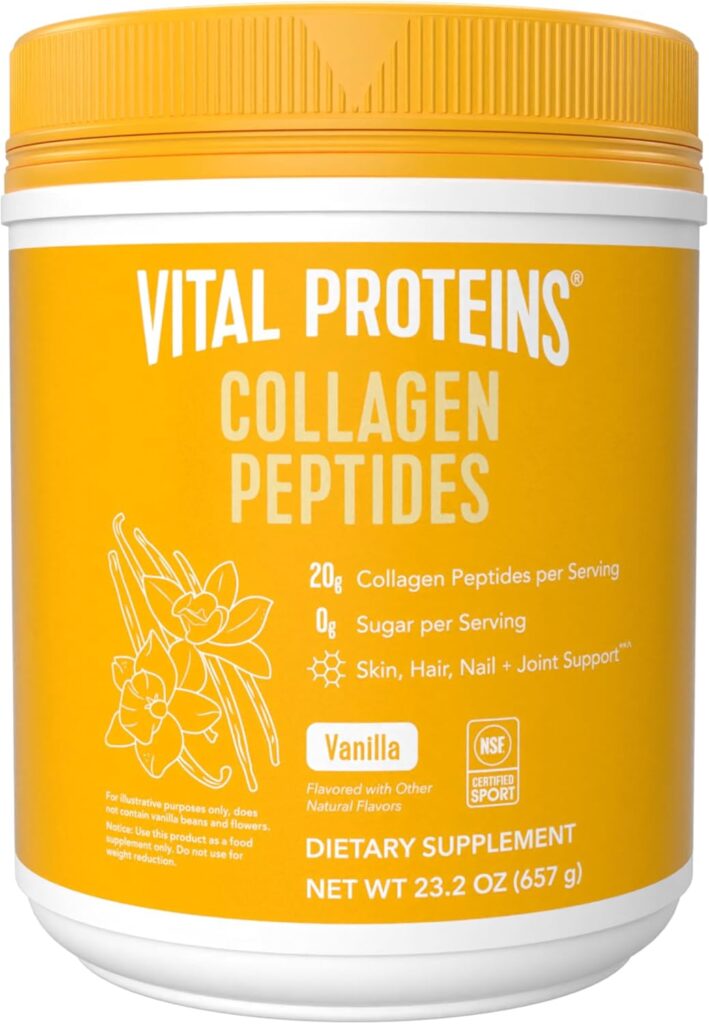
Nutiva Organic Coconut Oil – A versatile fat source that can be used for cooking, baking, or even skin care.
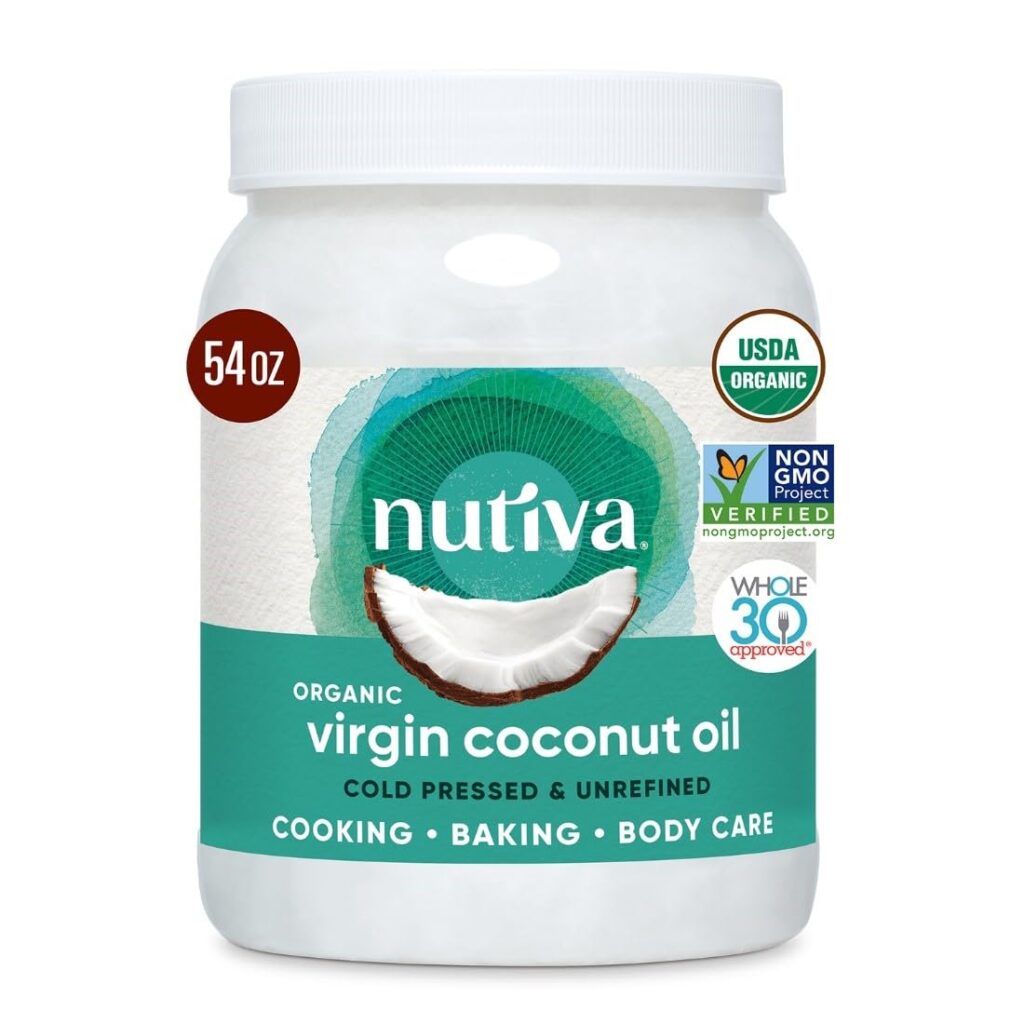
Primal Kitchen Avocado Oil Mayo – Paleo-approved and made with clean ingredients.
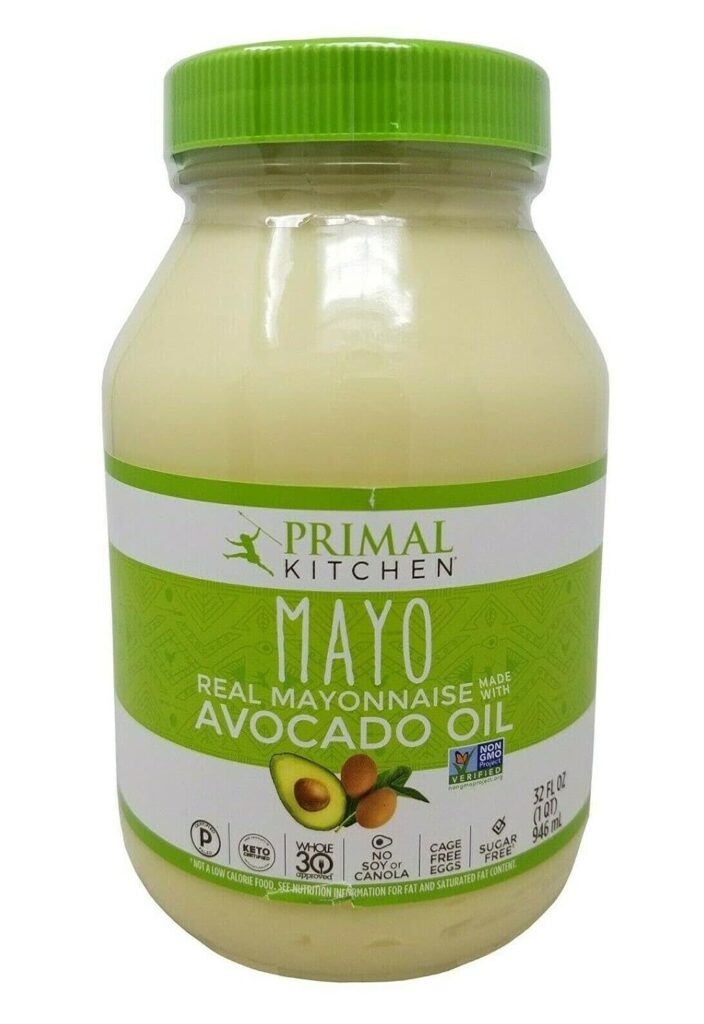
EPIC Beef Jerky Bites – A compliant snack for both Paleo and Whole30.
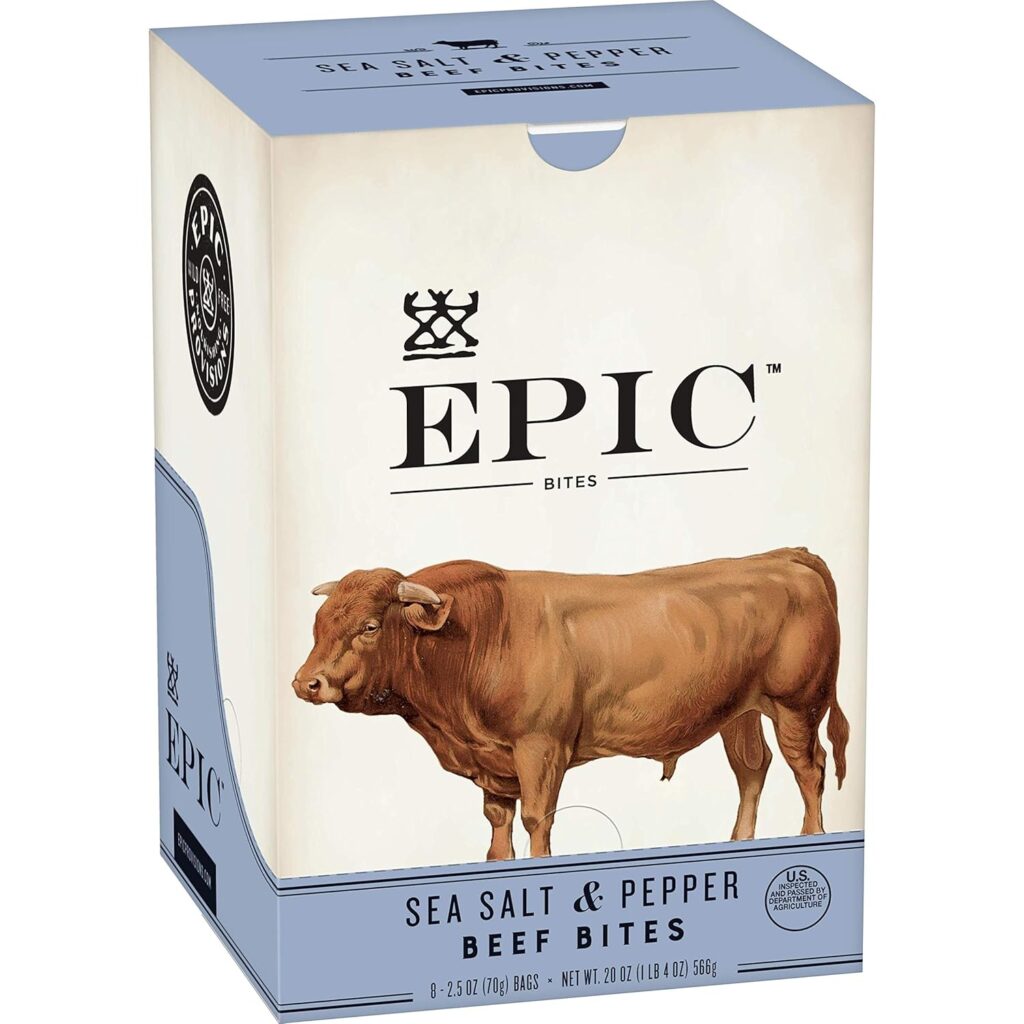
Whole30 Approved Sauces by The New Primal – Keeps meals exciting without breaking the rules.
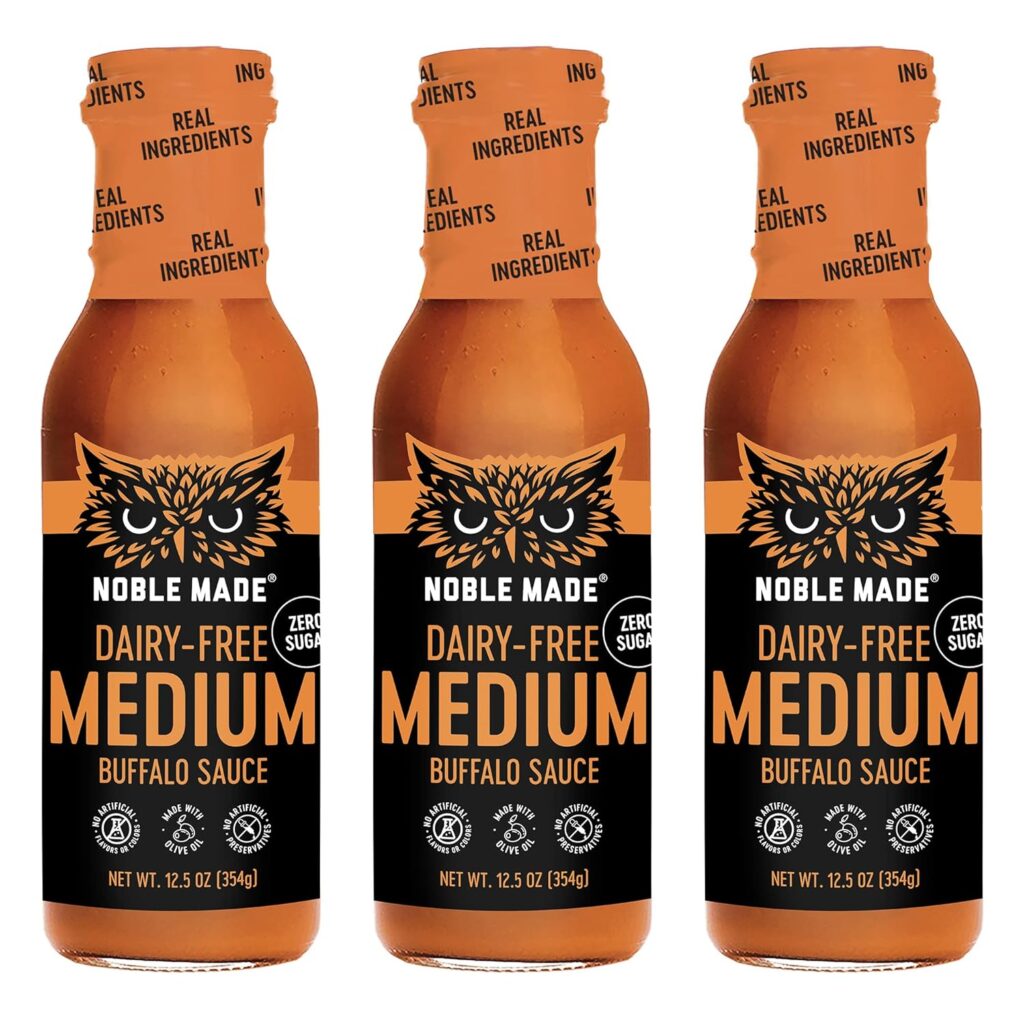
Whichever diet you choose, it’s important to plan, prep, and keep the right foods and products on hand to help you stay on track.
This will make your experience smoother and more enjoyable as you work towards better health.
